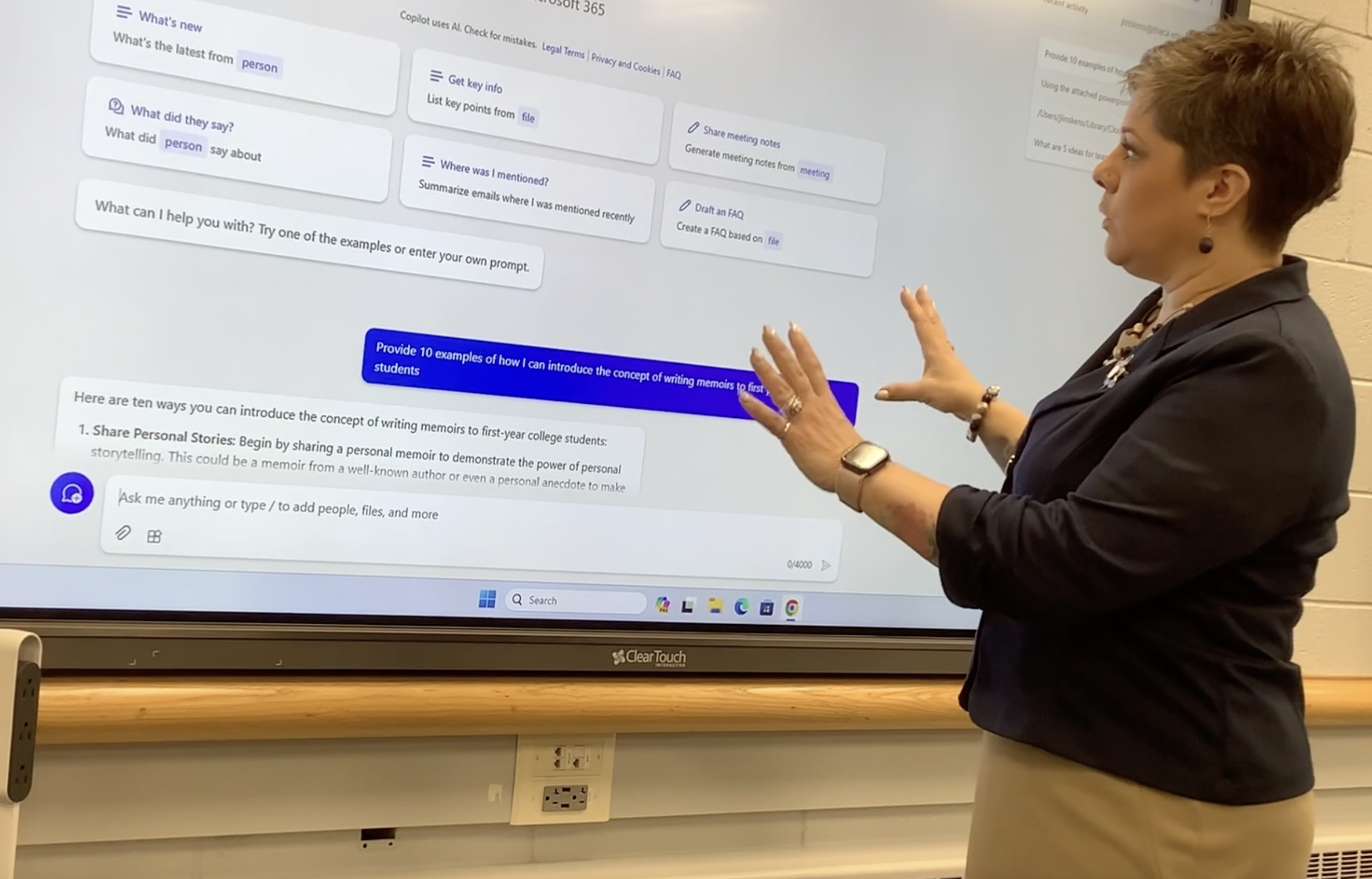A Cornell University graduate student’s NASA-supported vision to send affordable mini-satellites into space is likely to become a reality next month. On March 16, two hundred “Sprites” are scheduled to be launched into low Earth orbit, each one equipped with a solar panel, radio transceiver, and a tiny computer.
Zac Manchester, the project’s creator, said that these micro-satellites will be sending data to ground stations.
“So when it’s in the sun it has power, it turns on,” Manchester said. “It takes little sensor measurements, and then every once in awhile, sends a data packet down, transmitted through the radio.”
In order to fund this project, Manchester used the crowdfunding website Kickstarter. His campaign raised nearly $75,000 between October and December, 2011. Backers paid the $300 pledge have the option of tracking their own mini-satellite, and are able to design their own radio transmission to broadcast from the device.
“After the Sprites are deployed from KickSat (the device the Sprites are housed in), we will track them and record their radio signals using a worldwide network of amateur ground stations to demonstrate their communication capabilities,” Manchester wrote on his Kickstarter page.
A student in the Sibley School of Mechanical and Aerospace Engineering, Manchester began working on this project his junior year at Cornell. He said his goal is to make space exploration more affordable and accessible for everyone interested. The Kickstarter campaign ended with 315 backers and $40,000 more than its goal amount.
The funding Manchester received from his Kickstarter campaign has been used to fund the assembly of the Sprites. The cost of the launch is being covered by NASA through its Educational Launch of Nanosatellites (ELaNa) program, which partners with universities nationwide to send small research satellites into space.
“The Sprites will be housed inside KickSat in several spring-loaded stacks and held in place by a lid,” Manchester wrote on his Kickstarter page. “A radio signal transmitted from our ground station will command the lid to open, releasing the Sprites as free-flying spacecraft.”
Because the Sprites are so small they can only transmit a very small amount of data from the radio transceiver. Backers who paid the $300 pledge can choose what their Sprite transmits, but must keep the message to five characters or less. Manchester suggested to backers to put their initials as their radio transmission.
Several groups with a science or space focus had the chance to prepare a fleet of Sprites. The British Interplanetary Society (BIS) and individual members have a fleet of eleven Sprites. They became involved in the KickSat project to further their motto, ‘From imagination to reality,’ Andrew Vaudin, the head of the Kickstarter project for BIS, said.
“KickSat enables us to help achieve the hardest part – the reality,” Vaudin said. “Swarm satellites are a relatively recent idea whose time has come. Our primary goal for this project is the proof of concept because it is a concept with a lot of exciting potential.”
Astronauts for Hire, a non-profit organization that prepares aspiring astronauts for space research opportunities, has two Sprites.
“I’m excited by what it’s going to do to get people interested in space and technical pursuits,” Brian Shiro, president and CEO of Astronauts for Hire, said.
The launch date has been pushed back numerous times throughout the course of this project, due to what Manchester calls “business as usual in the space world.”
The KickSat is now in Florida, and is scheduled to be mounted onto the rocket this week. Manchester says he’s relieved that the project is nearing completion, but he still is invested in its success.
“There’s some comfort in the fact that there’s nothing else I can do at this point and it’s kind of out of my hands, but it’s still sort of a nerve-racking thing; you want it to work,” Manchester said.
By creating a more affordable and accessible spacecraft, Manchester hopes to engage more people in space exploration in the future.



